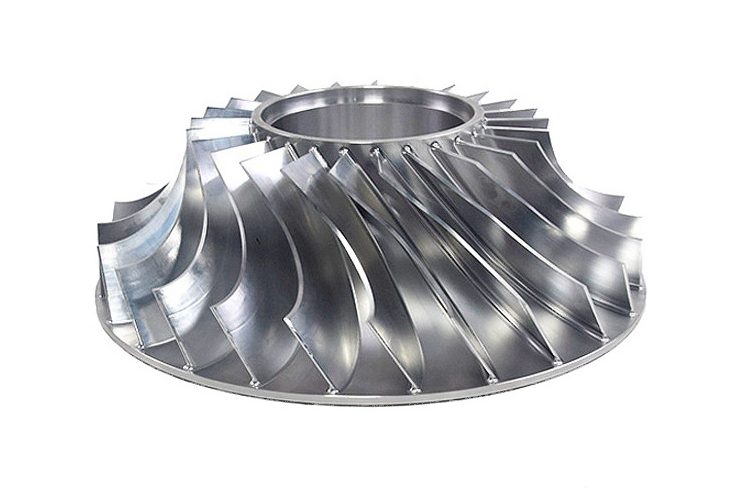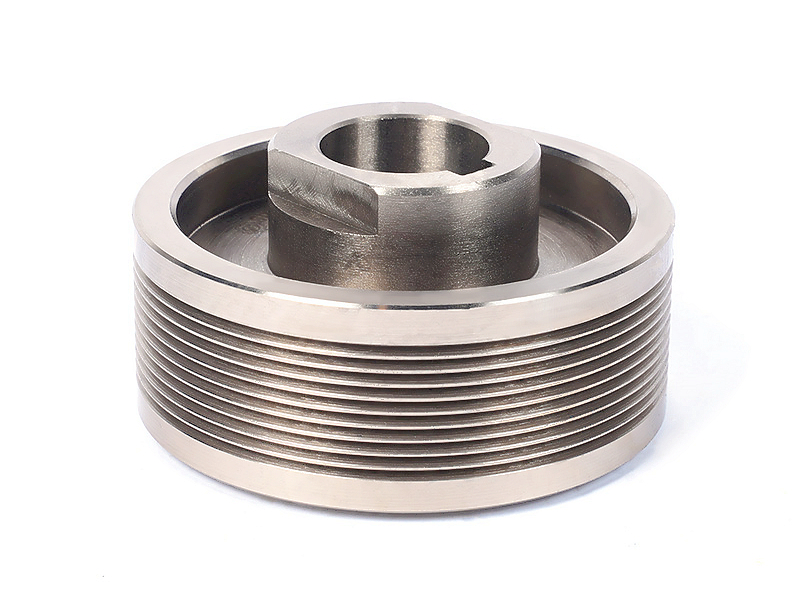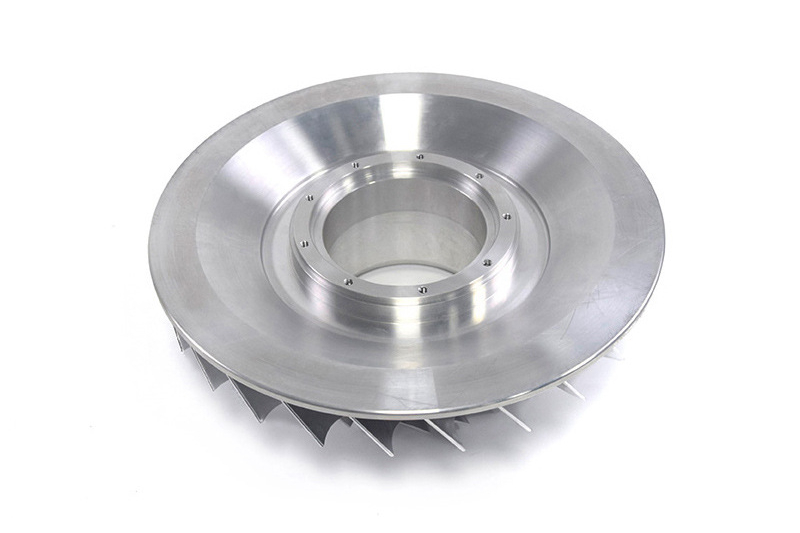What cutting speed range should initial TC4 titanium tests start from?
For initial machining tests on TC4 (Ti-6Al-4V) titanium, a conservative and methodical approach is crucial to prevent immediate tool failure, gather valuable data on tool wear, and maintain surface integrity. The starting cutting speed should be in a low-to-moderate range, with a strong emphasis on optimizing other parameters first.
Recommended Starting Cutting Speed (SFM / m/min)
For a standard, uncoated or PVD-coated carbide tool, a prudent starting point is 50 to 70 SFM (15 to 21 m/min).
For Roughing Operations: Begin at the lower end of this range, around 50-60 SFM (15-18 m/min). The goal here is to prioritize tool life and stability while removing material, as the higher material removal rate generates significant heat and force.
For Finishing Operations: You can cautiously begin at the higher end, around 60-70 SFM (18-21 m/min). The lower depth of cut reduces the total heat and load, allowing for a slightly more aggressive speed to achieve a better surface finish.
Critical Context: Other Parameters are Paramount
It is vital to understand that cutting speed is only one variable. A successful test depends on a balanced parameter set:
Feed per Tooth (fz): Use a consistent, positive chip load. For a 1/2" (12mm) diameter tool, start with approximately 0.08-0.12 mm/tooth (0.003-0.005 inches/tooth). An excessively low feed rate causes rubbing and work hardening, while too high a feed increases stress and creates thick, difficult-to-evacuate chips.
Axial Depth of Cut (ap): Can be more aggressive, as it has a lesser impact on tool pressure than radial depth. For slotting, use the full tool diameter. For shoulder milling, a good starting point is 1.5 times the tool diameter.
Radial Depth of Cut (ae): This is a key lever for managing heat and load. Start with a light radial engagement of 20-30% of the tool diameter. This allows the tool to spend more time in the air/coolant, preventing heat buildup.
Testing Protocol and Optimization Path
The initial test is a baseline. After running for a few minutes, inspect the tool for wear and examine the chips. If the tool shows no signs of rapid wear and chips are a healthy silver/straw color, you can begin a structured optimization. Increase the cutting speed in small increments of 5-10 SFM (1.5-3 m/min) while holding other parameters constant. Monitor tool wear closely after each increment. The goal is to find the maximum speed where tool life remains economical before rapid failure occurs. This empirical testing is a core part of our Titanium CNC Machining Service development for new components.
Factor Influencing Variation
This starting range assumes robust toolholding, machine rigidity, and effective high-pressure coolant. If these conditions are not met, starting at an even lower speed may be necessary. Furthermore, specific tool geometries and advanced coatings (e.g., AlTiN) may allow you to start slightly higher, but the conservative approach remains the safest bet for initial trials. The expertise offered by a Precision Machining Service is invaluable here, as it incorporates this nuanced understanding of parameter interaction to ensure a successful outcome from the first test.



